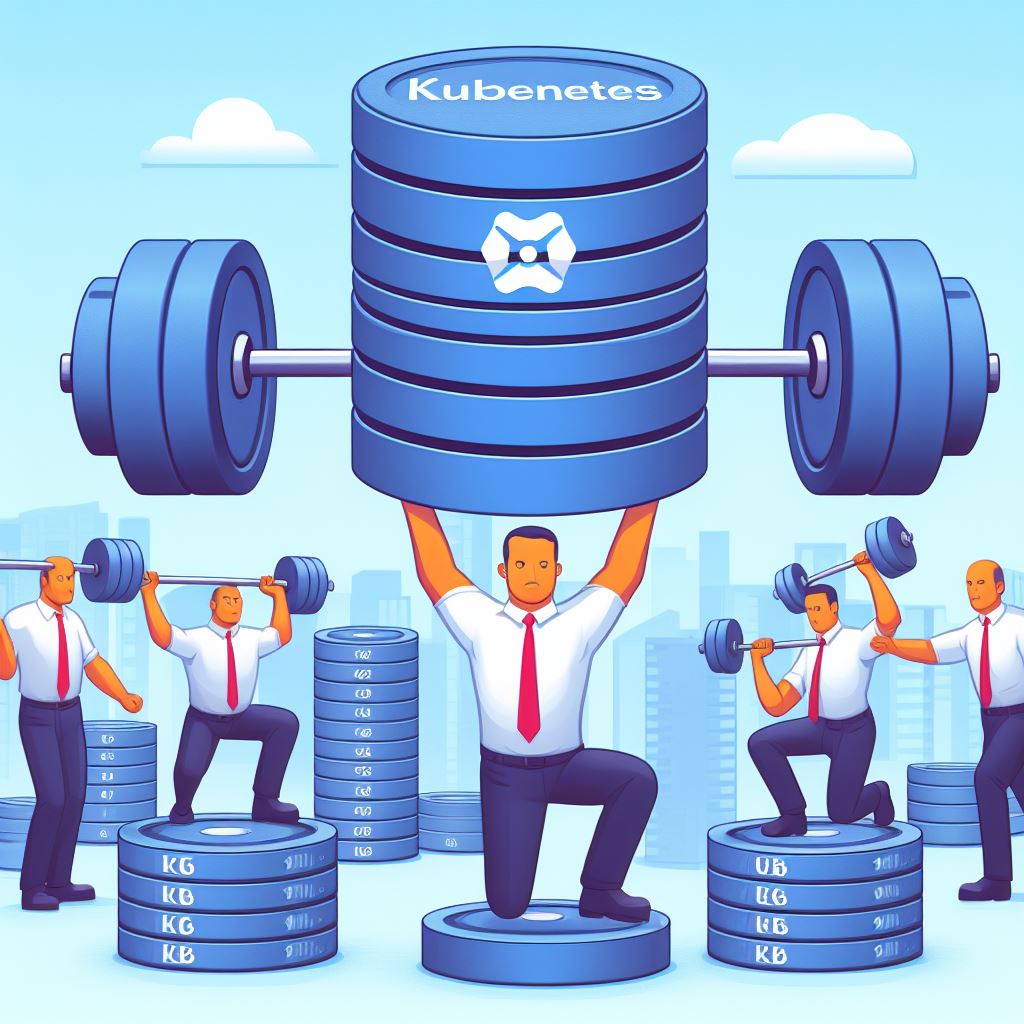In today’s rapidly changing world of software development, containerization has become a crucial part of creating, packaging, and deploying applications. Containers, like Docker, offer a consistent and reliable environment for running applications. However, managing a handful of containers manually is manageable, but what happens when you have thousands, or even tens of thousands, of containers to oversee? Enter Kubernetes, the open-source container orchestration platform that’s transforming the way we manage containerized applications.

What is Kubernetes?
Kubernetes, often abbreviated as K8s, was originally developed by Google but is now maintained by the Cloud Native Computing Foundation (CNCF). It’s a container orchestration system that automates the deployment, scaling, and management of containerized applications. Here are some key concepts and components:
1. Nodes: In Kubernetes, a node is a physical or virtual machine where containers are deployed. Nodes are the workhorses of a Kubernetes cluster.
2. Pods: The smallest deployable units in Kubernetes. A pod can contain one or more containers, and they share the same network namespace, which means they can communicate with each other as if they were on the same host.
3. Services: Kubernetes services provide an abstraction for a set of pods. They offer a stable IP and DNS name to access a group of pods. This ensures that even if pods are created or destroyed, the service’s endpoint remains unchanged.
4. Deployments: Deployments manage the scaling and rolling updates of applications. They allow you to define the desired state of your application, and Kubernetes takes care of maintaining that state.
5. Ingress: An Ingress is an API object that manages external access to services within a cluster. It provides HTTP and HTTPS routing to your services, making it easier to expose applications to the internet.
Why Use Kubernetes?

1. Scalability: With Kubernetes, you can easily scale your application up or down based on demand. This ensures that your application can handle varying workloads efficiently.
2. High Availability: Kubernetes provides features for high availability, including automatic replacement of failed containers and load balancing across nodes.
3. Portability: Kubernetes is cloud-agnostic, meaning you can deploy your application on various cloud providers or on-premises infrastructure with minimal changes.
4. Self-Healing: Kubernetes constantly monitors the state of your applications and can automatically replace or reschedule containers that fail.
Kubernetes stands out as a powerful and flexible tool for managing containerized applications. Its features, such as scalability, high availability, and self-healing capabilities, make it an ideal choice for deploying and maintaining applications in modern, dynamic environments. Learning Kubernetes may have a steep learning curve, but the benefits it offers in terms of automation, reliability, and portability are well worth the investment.
So, if you haven’t explored Kubernetes yet, it might be time to dive in and discover how it can revolutionize your application deployment and management processes. With Kubernetes, you can be better equipped to navigate the rapidly evolving landscape of modern software development.
Alternatives to Kubernetes
Docker is no longer directly integrated into Kubernetes. Docker support in Kubernetes was deprecated, and now Kubernetes uses the Container Runtime Interface (CRI) to support various container runtimes. Here are some alternatives and updates you can consider:
| Solution | Advantages | Disadvantages |
|---|---|---|
| Docker Swarm | – Simplicity: Docker Swarm is easy to set up and manage. | – Limited scalability: May not handle very large and complex deployments. |
| – Native Docker support: Works seamlessly with Docker containers. | – Fewer features: Offers fewer advanced features compared to Kubernetes. | |
| – Good for small to medium-sized container deployments. | ||
| Nomad | – Flexibility: Supports various workloads and infrastructures. | – Less mature: May not have as extensive an ecosystem as Kubernetes. |
| – Simplicity: Easier to set up and use for smaller deployments. | – Limited native support for Kubernetes resources. | |
| – Well-suited for microservices and batch job workloads. | ||
| OpenShift | – Integration: Offers integrated DevOps tools and services. | – Vendor lock-in: Tightly integrated with RedHat’s ecosystem. |
| – Enterprise-grade: Suitable for large-scale and mission-critical applications. | Learning curve: May require training for full utilization. | |
| – Extensive security features and role-based access control. | ||
| Rancher | – Multi-cluster management: Easily manage Kubernetes clusters. | – Learning curve: Requires familiarity with Rancher’s interface. |
| – Supports multi-cloud and on-premises deployments. | – May not offer the same depth of Kubernetes-specific features as native Kubernetes. | |
| – UI for managing and monitoring clusters. | ||
| Onteon | – Cloud-agnostic: Works on any cloud or on-premises infrastructure. | – Lesser known: May have a smaller community and fewer resources available. |
| – Simplified deployment and management of containerized applications. | – May not have as extensive feature coverage as more established solutions. | |
| – Scalable and suitable for various applications and infrastructures. |
These are high-level advantages and disadvantages of each alternative container orchestration solution. The choice of which solution to use depends on your specific requirements, the scale of your application, your team’s expertise, and your preference for integration with other tools and platforms.
In conclusion

In conclusion, we’ve delved into the core of technology with a focus on Kubernetes, a powerful orchestration platform, and its surrounding ecosystem. We’ve examined its unique features, use cases, and the advantages and disadvantages it offers in the world of container management.
Whether you choose to embrace Kubernetes, explore alternative container orchestration solutions, or have questions about any software-related challenges, know that Nice Future Inc. remains dedicated to providing unwavering support. Our mission is to share knowledge and cutting-edge technology to foster a brighter and more innovative future. As the technology landscape continues to evolve, we stand ready to offer expert guidance and solutions to meet your software and technological needs. Together, we’ll forge a promising path into a future driven by technology and innovation. Stay tuned for our upcoming posts, and let’s collectively pave the way to an era filled with groundbreaking achievements. We’ll be back soon!
Subscribe to our newsletter!




